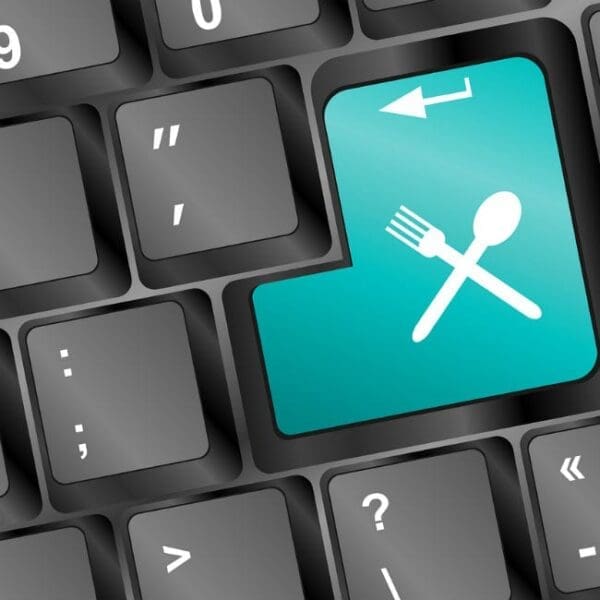 The COVID-19 pandemic has been a real hit for numerous businesses and industries across the globe. Thousands of businesses have been shut down and reopened only to shut down again a few weeks later as the virus infection rate ebbs and flows. It has been a whirlwind experience that has left most businesses struggling to stay above water.
The COVID-19 pandemic has been a real hit for numerous businesses and industries across the globe. Thousands of businesses have been shut down and reopened only to shut down again a few weeks later as the virus infection rate ebbs and flows. It has been a whirlwind experience that has left most businesses struggling to stay above water.
Though the pandemic has had profound effects across all industries, few have felt the very real impacts of the major pandemic as much as the travel industry.
COVID-19 has largely shut down travel — petrol prices have dived, the number of people on flights is at a modern-era low, and numerous hotels are struggling to fill their rooms with enough people to keep their doors open.
Impacts for hotels that also support hotel restaurants, bars, or even room service are especially fierce. This has put many in the position of greatly questioning whether or not these services will continue to be profitable in the future and whether or not they are worth the added effort in the long run.
Exploring ways to keep hotel restaurants, bars, and other food services in business and making money is an important task of any hotel manager or owner.
Rebuilding interest
Arguably the biggest hurdle in achieving the goal of making hotel food services profitable again is rebuilding trust. This isn’t exactly an issue that started with the COVID-19 pandemic. Rather, hotel food profitability has been on the minds of many hotel industry leaders for quite some time.
For a long time, hotel managers have simply considered breaking even or making a small profit with hotel bars and restaurants a win.
Typically, the hotels that have been able to turn a profit with their food services are those where staying and eating are closely tied together. Think of things like small bed-and-breakfast places or localities where the hotel restaurant is strongly linked to the local community and draws customers that are simply staying at the hotel during a trip.
Before the pandemic, many larger hotel chains were beginning to realize that this strategy could work on a much larger scale with the right management changes.
In the wake of COVID-19, this plan has been sent into a bit of a tailspin. Right now, the big thing that all hotels need to focus on is rebuilding trust with potential customers. This can mean a lot of things such as increasing hygiene in all hotel spaces, limiting the number of guests allowed in the hotel at one time, and making some changes to hotel food services that provide safer alternatives to going out to eat elsewhere.
Reimagining hotel food
There are more than a few ways that hotels can manage and reimagine hotel food and beverage services during the COVID-19 pandemic. One of the simplest strategies for limiting the risk of spreading the virus includes limiting in-person dining services.
This can seem like a bad business move, but it can keep the hotel from having to shut down as a result of an outbreak. Instead, consider providing free room service to guests that choose to order food and drinks from the hotel bar instead of going out.
Another tool might be expanding food delivery and room service options for guests. This could mean partnering with local businesses to have their menus added to the room services list. Technologies such as food industry data science can help key in on the types of local food and drink services guests would be most interested in.
Likewise, it can help identify certain aspects of the food and drink services that could benefit from improvement and small tweaks over time.
Hotels may also begin the process of incorporating customer journey maps. The act of developing the maps will force managers to ask themselves how customers are interacting with the hotel as well as associated restaurants, and bars and how those interactions could be improved.
Ultimately, this could be used to better guide customers to ideal food and drink situations during their stay as well as boost foodservice profits during the pandemic.
Creating a plan
All of these ideas are great, but the real challenge comes with implementing a plan and making it stick. Developing a strategy that will not only build trust in the hotel industry but also offer incentives that will boost foodservice profits and keep customers coming back is no easy task.
Contingency and continuity plans are critical aspects of running a smooth business operation, especially during a pandemic.
Fortunately, the vaccine rollout offers somewhat light at the end of the tunnel for those in the travel industry. Though the arrival of vaccines certainly doesn’t immediately mean we’re out of the dark, many in the industry are already making big plans.
Thousands of regular travelers have been cooped up at home for over a year now, and many are itching to get out and visit friends, family, and new places.
The hope is that the travel industry will bounce back quickly as restrictions ease and people begin to feel safe traveling again. This, of course, would be a boon for hotels and the food/beverage services they offer.
More guests mean more profits and some of the new strategies that were implemented during the pandemic may prove to be equally profitable in a post-pandemic world.































